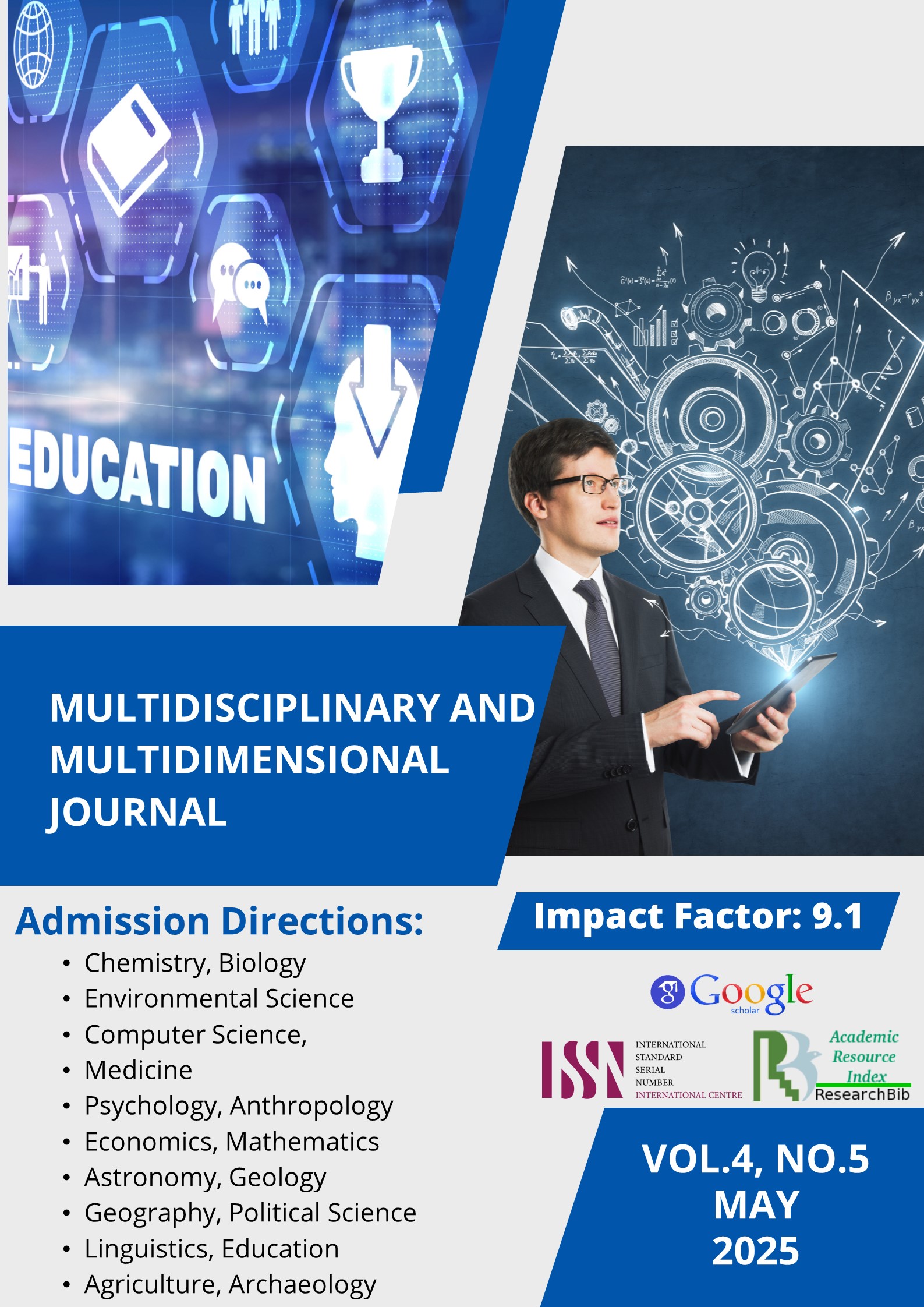UNDERSTANDING FIGURATIVE LANGUAGE: A COGNITIVE PROCESSING PERSPECTIVE IN L2 LEARNERS
Abstract
This article investigates the cognitive and cultural challenges faced by Uzbek learners of English in processing figurative language, including metaphors, idioms, and other non-literal expressions. Drawing on key linguistic theories such as Conceptual Metaphor Theory and Relevance Theory, alongside research on working memory and cross-linguistic influence, the study synthesizes findings relevant to the multilingual context of Uzbekistan. Results indicate that learners’ proficiency, working memory capacity, and exposure to contextual cues significantly affect their comprehension of figurative language. Cross-linguistic and cultural differences between Uzbek, Russian, and English contribute to specific difficulties that can hinder effective communication. The article advocates for integrated pedagogical approaches combining cognitive, linguistic, and cultural dimensions to enhance figurative language instruction in Uzbekistan’s higher education system. Future research directions focus on testing targeted interventions to improve pragmatic competence among Uzbek L2 learners.
References
Baddeley, A. D. (1992). Working memory. Science, 255(5044), 556–559. https://doi.org/10.1126/science.1736359
Erkinova, N. (2024). A comparative study of English and Uzbek idiomatic expressions: Metaphorical and cultural differences. Journal of Linguistics and Language Education, 12(1), 45–60.
Gibbs, R. W. (1994). The poetics of mind: Figurative thought, language, and understanding. Cambridge University Press.
Jo'rayeva, M. (2024). Shared idiomatic structures between Uzbek and English: Implications for language teaching. Central Asian Journal of Language Studies, 9(2), 72–85.
Lakoff, G., & Johnson, M. (1980). Metaphors we live by. University of Chicago Press.
Miyake, A., & Friedman, N. P. (1998). Individual differences in working memory capacity and language comprehension. In A. Miyake & P. Shah (Eds.), Models of working memory: Mechanisms of active maintenance and executive control (pp. 102–134). Cambridge University Press.
Sperber, D., & Wilson, D. (1986). Relevance: Communication and cognition. Harvard University Press.
Toshtemirova, G. (2023). Cross-cultural challenges in translating idiomatic expressions between English and Uzbek: Pedagogical implications. International Journal of Language and Culture, 7(3), 33–49.











